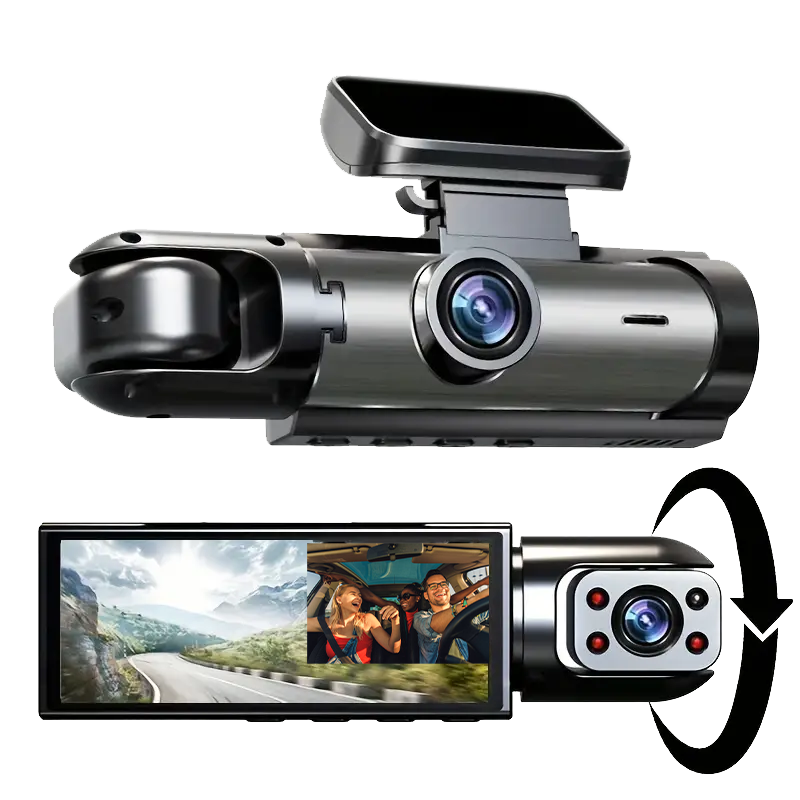
Nissan Maxima Fifth Generation

| Fifth generation (A33) | |
|---|---|
 |
|
| Overview | |
| Also called | Nissan Cefiro (A33) Nissan Maxima QX (Europe) |
| Production | April 1999 – December 2002 |
| Model years | 2000–2003 |
| Assembly | Japan: Oppama Plant, Yokosuka, Kanagawa |
| Designer | Jerry Hirshberg (1997) |
| Body and chassis | |
| Body style | 4-door sedan |
| Layout | Front-engine, front-wheel-drive |
| Related | Infiniti I30/I35 |
| Powertrain | |
| Engine |
|
| Transmission |
|
| Dimensions | |
| Wheelbase | 108.3 in (2,751 mm) |
| Length | 1999–2001: 190.5 in (4,839 mm) 2001–03: 191.5 in (4,864 mm) |
| Width | 70.3 in (1,786 mm) |
| Height | 1999–2001: 56.5 in (1,435 mm) 2001–03 GXE: 56.3 in (1,430 mm) 2001–03 SE: 56.7 in (1,440 mm) 2001–03 GLE: 57.1 in (1,450 mm) |
| Curb weight | 3,245 lb (1,472 kg) |
Introduced in May 1999, the 2000 model year Maxima (designated A33) was a refresh of the previous car, designed at Nissan's La Jolla, California design studio during 1996–1997 under Jerry Hirshberg.
The engine was a 222 hp (166 kW) (227 hp SE) 3.0 L VQ30DE V6. The vehicle has a 0–60 mph time of 7.0 seconds. This variant of the VQ30DE was referred to as the VQ30DE-K. In this variation, there were three models (GXE, GLE, and SE). The "GXE" was the base Maxima. The GLE was the "luxury" variant and had 16 inch wheels.
This generation was used for the Infiniti I30 (a rebadged Nissan Cefiro). The 2001 Maxima had a special edition of the SE model which commemorates the 20th anniversary of this particular Nissan. In addition to the usual SE content, this car has the Infiniti I30's engine, special side skirts (ground effects) all around the lower perimeter, and a few special touches to the interior. The last addition includes drilled metal "brushed metallic" pedals, a brushed metallic shifter, and stainless steel door sill plates that bear the name Nissan Maxima. The optional leather is perforated, unlike that in the regular SE. Finally, the "SE Comfort and Convenience Package" which includes a sunroof, 17-inch chrome wheels, and a few other things is standard.
This generation of Maxima also saw Nissan introduce a Bridgestone-made engine mount with sensors that communicate with the ECM. Many transmission-like problems such as 'unable to shift into higher gears' resulted from worn engine mounts triggering signals to prevent the vehicle gaining higher speed. This problem was not often detected by the diagnostics conducted on the transmission and ECM as they were not the cause of the problem.

2002–2003 Nissan Maxima GLE (US)
The 2002-2003 models are nicknamed the 5.5 generation as the engine was replaced for the whole lineup with a 3.5 L VQ35DE that produced 255 hp (190 kW) and 246 lb·ft (334 N·m) of torque. In addition, the model got a slight refresh with a larger grille opening, headlamps with high-intensity discharge (HID) low beams, a six-speed manual transmission with optional helical Torsen limited-slip differential borrowed from the Japan market Nissan Skyline GT-R (identified by brushed, metal pedals for the accelerator, brake, and clutch), revised 17-inch six-spoke wheels on the SE models, new 17-inch seven spoke wheels on the GLE models, clear taillights, and some interior and exterior refinements over the 2000 to 2001 models. Some interior differences include slightly redesigned seats, a smaller shift knob on automatic models along with a different shift pattern, and a different cup holder lid.
For 2003, there was a special package called the Titanium Edition with special wheels and interior treatment, as well as a Meridian Edition package which included heated seats and steering wheel (usually leather, although some were available with heated cloth), and a GPS navigation system. The Titanium Edition was available in all colors, but a new color was available only with the Titanium Edition (Polished Titanium). In Russia and Europe, the Maxima is being sold as Nissan Maxima QX.
